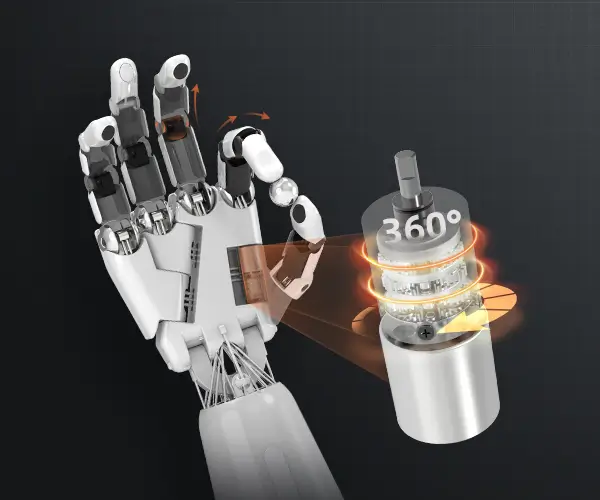Ever wonder how those big apps stay smooth even when they’re handling thousands of requests simultaneously? Here’s the secret: microservices testing. It’s like a health check-up for a sprawling system made up of tiny, independent pieces. Simplify the chaos and keep everything working in harmony—sounds like fun, right?

When you break down an application into microservices, each piece manages a specific function—like payments, user authentication, or notifications. But here’s the thing: how do you make sure each tiny part works perfectly, and more importantly, that they all play nice together? That’s where microservices testing comes into play. It’s not just about checking if something is broken; it’s about verifying how each component interacts, scales, and holds up under real-world pressure.
Now, imagine a pizza delivery app. It’s got a service for handling orders, another for tracking, and one for customer reviews. Testing each one separately is straightforward—kind of like tasting one slice— but the real magic happens when you test them in a real-world, integrated scenario. Does the order service feed correctly into delivery? Can the review system handle a sudden influx of comments? That’s what microservices testing gets at.
Think of it like cooking a complicated meal. You test the sauce, then the pasta, then see if they come together nicely. It’s about the details, the edge cases—what if one service fails unexpectedly? How does the overall system respond? That’s where robust testing frameworks shine, catching those sneaky bugs before they turn into customer complaints.
People often ask: isn’t testing just for bugs? Well, yes, but it’s more than that. It’s about confidence. Knowing that when your app hits peak traffic, it won’t crash or slow down. It’s about seamless user experience, even under stress. Plus, microservices testing supports continuous deployment, meaning features can roll out faster. Faster isn’t just a buzzword; it’s a competitive edge in today’s digital world.
Choosing the right testing tools changes everything. Some prefer automated testing frameworks that simulate user actions at scale. Others focus on API testing—making sure each service responds correctly to different inputs. It’s a mix of checks that, when combined, keep the entire system resilient and responsive.
So, microservices testing isn’t just a technical chore; it’s a strategic move. It keeps systems agile, reliable, and ready for the unexpected. Whether you’re launching new features or troubleshooting issues, a solid testing approach helps you sleep better at night. It’s about building trust—trust in the tech that your users depend on.
Thinking about cutting-edge apps? Then understanding microservices testing is like knowing the secret sauce—without it, your system’s health might just be a shot in the dark. Dive into it, test fiercely, and watch your application perform like never before.
Established in 2005, Kpower has been dedicated to a professional compact motion unit manufacturer, headquartered in Dongguan, Guangdong Province, China. Leveraging innovations in modular drive technology, Kpower integrates high-performance motors, precision reducers, and multi-protocol control systems to provide efficient and customized smart drive system solutions. Kpower has delivered professional drive system solutions to over 500 enterprise clients globally with products covering various fields such as Smart Home Systems, Automatic Electronics, Robotics, Precision Agriculture, Drones, and Industrial Automation.




































